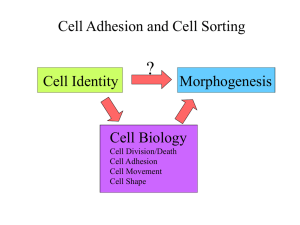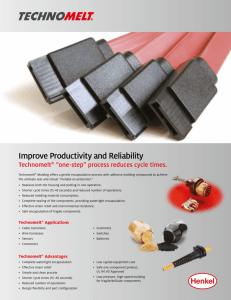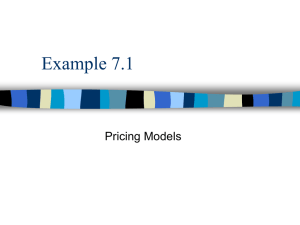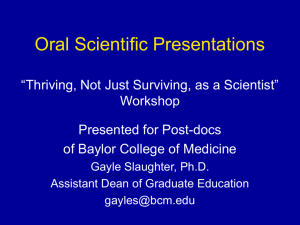SarkarAbstract
advertisement
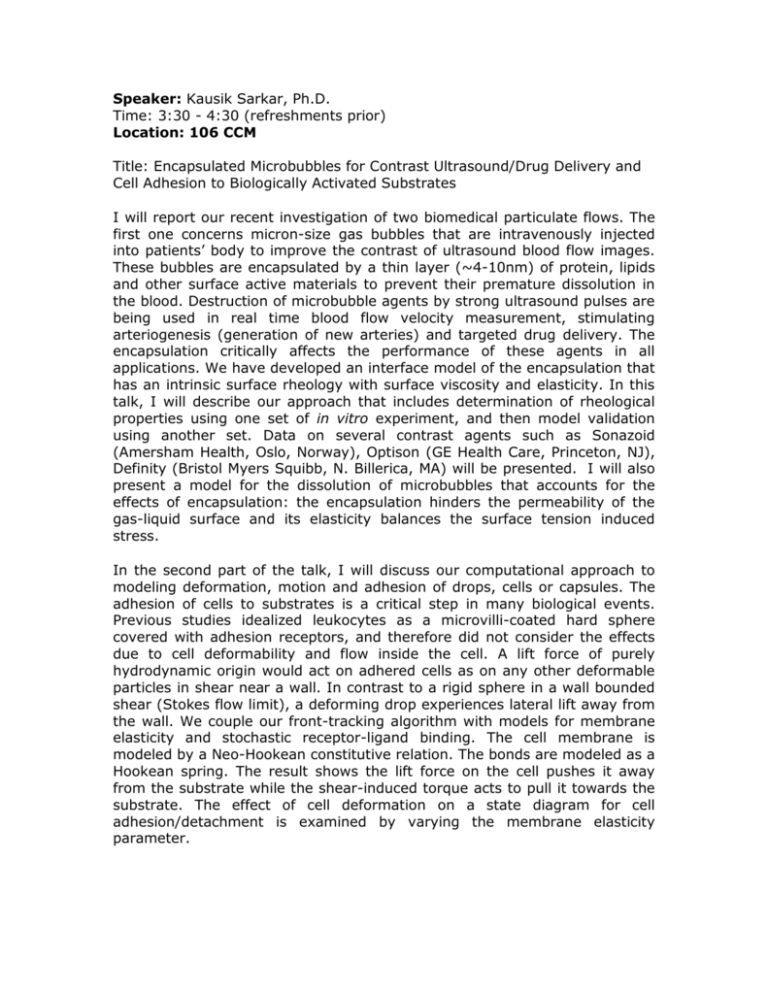
Speaker: Kausik Sarkar, Ph.D. Time: 3:30 - 4:30 (refreshments prior) Location: 106 CCM Title: Encapsulated Microbubbles for Contrast Ultrasound/Drug Delivery and Cell Adhesion to Biologically Activated Substrates I will report our recent investigation of two biomedical particulate flows. The first one concerns micron-size gas bubbles that are intravenously injected into patients’ body to improve the contrast of ultrasound blood flow images. These bubbles are encapsulated by a thin layer (~4-10nm) of protein, lipids and other surface active materials to prevent their premature dissolution in the blood. Destruction of microbubble agents by strong ultrasound pulses are being used in real time blood flow velocity measurement, stimulating arteriogenesis (generation of new arteries) and targeted drug delivery. The encapsulation critically affects the performance of these agents in all applications. We have developed an interface model of the encapsulation that has an intrinsic surface rheology with surface viscosity and elasticity. In this talk, I will describe our approach that includes determination of rheological properties using one set of in vitro experiment, and then model validation using another set. Data on several contrast agents such as Sonazoid (Amersham Health, Oslo, Norway), Optison (GE Health Care, Princeton, NJ), Definity (Bristol Myers Squibb, N. Billerica, MA) will be presented. I will also present a model for the dissolution of microbubbles that accounts for the effects of encapsulation: the encapsulation hinders the permeability of the gas-liquid surface and its elasticity balances the surface tension induced stress. In the second part of the talk, I will discuss our computational approach to modeling deformation, motion and adhesion of drops, cells or capsules. The adhesion of cells to substrates is a critical step in many biological events. Previous studies idealized leukocytes as a microvilli-coated hard sphere covered with adhesion receptors, and therefore did not consider the effects due to cell deformability and flow inside the cell. A lift force of purely hydrodynamic origin would act on adhered cells as on any other deformable particles in shear near a wall. In contrast to a rigid sphere in a wall bounded shear (Stokes flow limit), a deforming drop experiences lateral lift away from the wall. We couple our front-tracking algorithm with models for membrane elasticity and stochastic receptor-ligand binding. The cell membrane is modeled by a Neo-Hookean constitutive relation. The bonds are modeled as a Hookean spring. The result shows the lift force on the cell pushes it away from the substrate while the shear-induced torque acts to pull it towards the substrate. The effect of cell deformation on a state diagram for cell adhesion/detachment is examined by varying the membrane elasticity parameter.


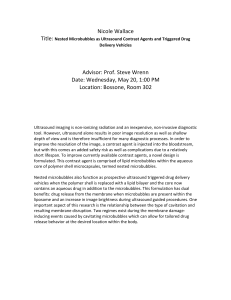
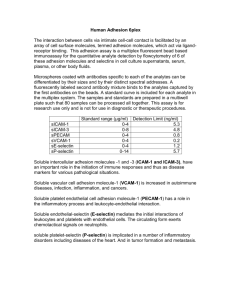
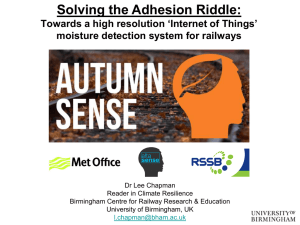
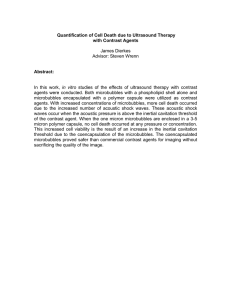

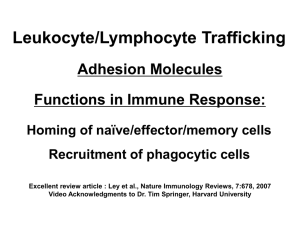
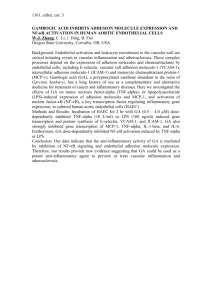
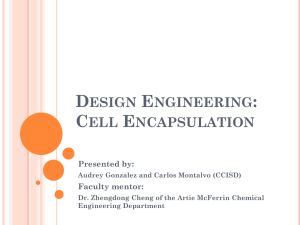
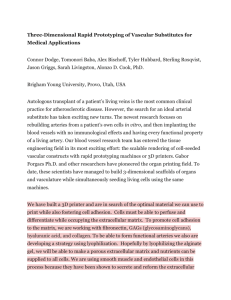

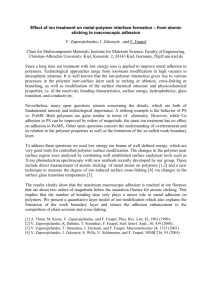
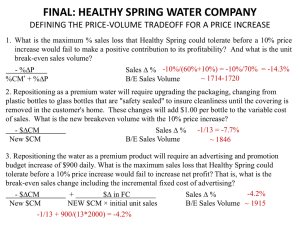
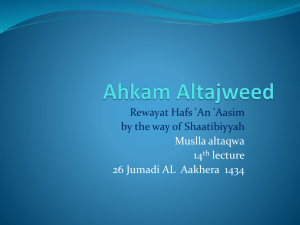
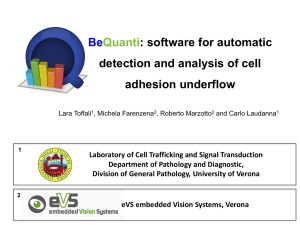
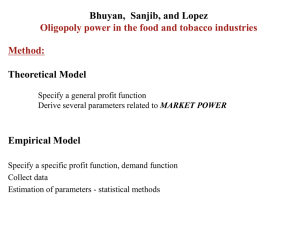
![Jiye Jin-2014[1].3.17](http://s2.studylib.net/store/data/005485437_1-38483f116d2f44a767f9ba4fa894c894-300x300.png)
